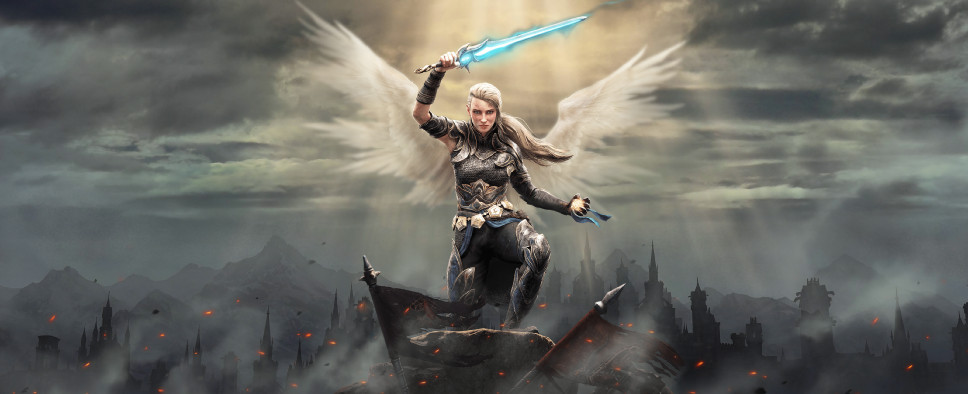Disciples: Liberation Review - Page 3
-
Category: ReviewsHits: 25487

Article Index
You see, Avyanna can wear armor (helmets, breastplates, pants, and boots), weapons, and these so-called Emotion Shards that offer unique combat-related bonuses. Her companions get access to weapons and Emotion Shards. And regular units can only equip the shards. And here's a quick quiz for you. Given the above, which type of item do you think is the most common drop in the game?
If you said Emotion Shards, congratulations, you have more faith in the world than it deserves. The shards are a relatively rare drop. Then come the weapons. And most of the drops you'll be getting, which happens after just about every fight and when opening chests during exploration, will reward you with a color-coded armor piece. You'll be drowning in armor no one but Avyanna can wear, and pretty much all of it will be worthless.
Early on, you'll occasionally get some item that's significantly better than what you're wearing, but once you start discovering Legendary gear with special, sometimes party-wide, properties, you'll have no reason to even look at the regular stuff you find.
And sure, some of the regular items can have better stats than your Legendary gear, but here's the kicker. Raising your stats grants such negligible bonuses, you'll be hard-pressed to even notice them.
When I just started the game, I found a set of gear just sitting in my inventory that was about ten times better than anything I could find in the game at that point. I was a bit confused but figured I missed some explanation and put all that overpowered stuff on.
Then I discovered that the game's combat was ridiculously easy. I looked things up, and it turned out that my review copy was the Deluxe Edition that comes with a set of strong starting gear, five extra skill points, and a bunch of free resources. To be honest, I thought the age of pay to win DLCs was over, and the idea that that's where that gear came from hadn't even occurred to me. But upon realizing this, I unequipped all that stuff and started using the regular green garbage I was finding during my travels. And then I proceeded to not notice any discernible difference in my combat performance. Sure, I may have been doing slightly less damage, but everything died way before that became relevant. And even though the developers have already promised to expand the game's difficulty options, when I played it, Liberation had pretty much zero challenge.
Thankfully, the game's skill system actually has a purpose. You have three meaty skill trees, one specializing in melee combat, one that's all about magic, and the third has a bit of both plus a bunch of army-related improvements. The trees are reminiscent of the early World of Warcraft talent trees where you had minor increases leading into big juicy abilities. The twist here are the powerful threshold bonuses you unlock upon investing a certain number of points into a particular tree, and the fact that certain skills only become available if you have good standing with the game's factions.
The game also has classes. You start as a basic Mercenary but after a few story events are promoted to a Warlord, Hexblade, Seeress, or a Witch. Later on, you'll be able to improve your class and unlock some new abilities, and at any point you can completely respec and try a different build.
The trap here is playing anything other than a full spellcaster. The game has four extensive magic schools, with some spells being so overpowered, they one-shot just about any level-appropriate encounter. And you might think you don't need this in an easy game, but you really do.
Before we get to why, allow me to explain how Liberation's combat works. While the game is structured in a similar way to King's Bounty, in the signature Disciples fashion, instead of replenishable troops, you recruit individual units separated into four tiers. Each of the game's factions has three unit-producing buildings you can erect back in Yllian, with each building housing 4-5 unit types.

